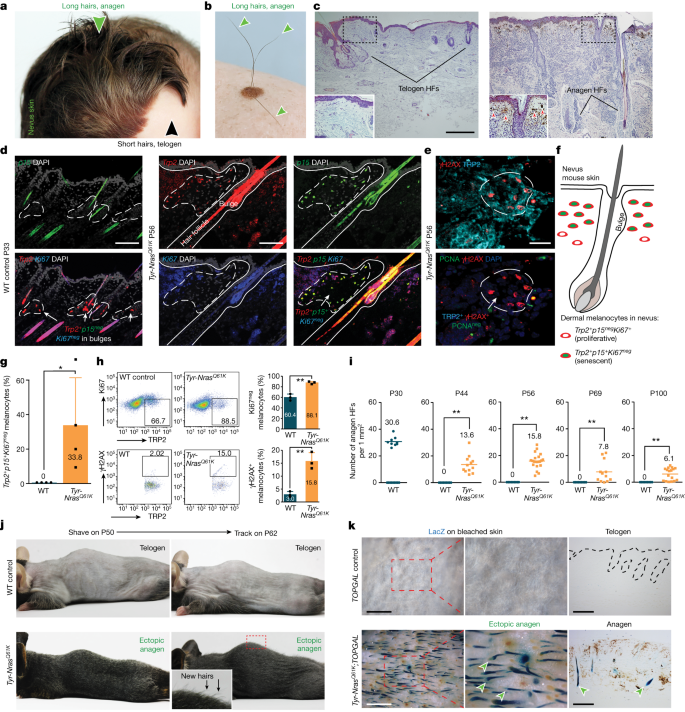2023-06-21 ミュンヘン大学(LMU)
◆この研究は、ガラス海綿の生物学と進化史に新たな洞察を提供し、海洋生態系における重要な役割を深く理解する上で貴重な情報源となります。
<関連情報>
- https://www.lmu.de/en/newsroom/news-overview/news/glass-sponge-genome-furnishes-insights-into-evolution-of-biomineralization.html
- https://royalsocietypublishing.org/doi/10.1098/rsos.230423
サンゴ礁を形成するガラス海綿Aphrocallistes vastusのゲノムからシリカの生物石灰化に関する知見が得られる The genome of the reef-building glass sponge Aphrocallistes vastus provides insights into silica biomineralization
Warren R. Francis,Michael Eitel,Sergio Vargas,Catalina A. Garcia-Escudero,Nicola Conci,Fabian Deister,Jasmine L. Mah,Nadège Guiglielmoni,Stefan Krebs,Helmut Blum,Sally P. Leys and Gert Wörheide
Royal Society Open Science Published:21 June 2023
DOI:https://doi.org/10.1098/rsos.230423

Abstract
Well-annotated and contiguous genomes are an indispensable resource for understanding the evolution, development, and metabolic capacities of organisms. Sponges, an ecologically important non-bilaterian group of primarily filter-feeding sessile aquatic organisms, are underrepresented with respect to available genomic resources. Here we provide a high-quality and well-annotated genome of Aphrocallistes vastus, a glass sponge (Porifera: Hexactinellida) that forms large reef structures off the coast of British Columbia (Canada). We show that its genome is approximately 80 Mb, small compared to most other metazoans, and contains nearly 2500 nested genes, more than other genomes. Hexactinellida is characterized by a unique skeletal architecture made of amorphous silicon dioxide (SiO2), and we identified 419 differentially expressed genes between the osculum, i.e. the vertical growth zone of the sponge, and the main body. Among the upregulated ones, mineralization-related genes such as glassin, as well as collagens and actins, dominate the expression profile during growth. Silicateins, suggested being involved in silica mineralization, especially in demosponges, were not found at all in the A. vastus genome and suggests that the underlying mechanisms of SiO2 deposition in the Silicea sensu stricto (Hexactinellida + Demospongiae) may not be homologous.

